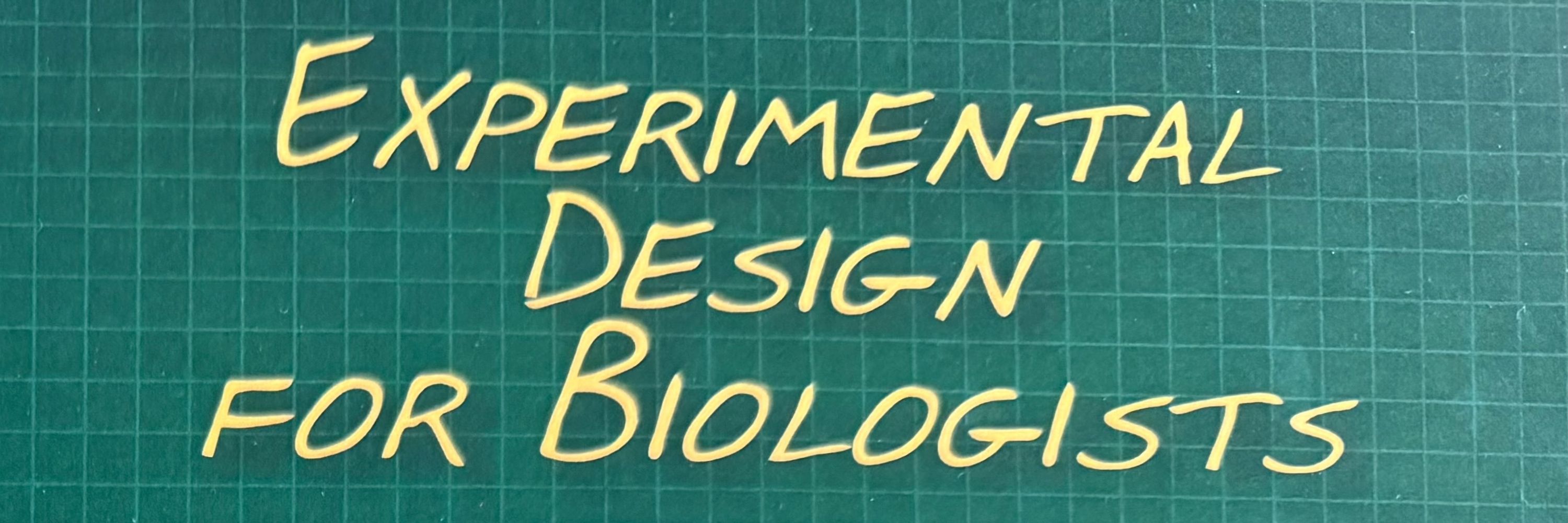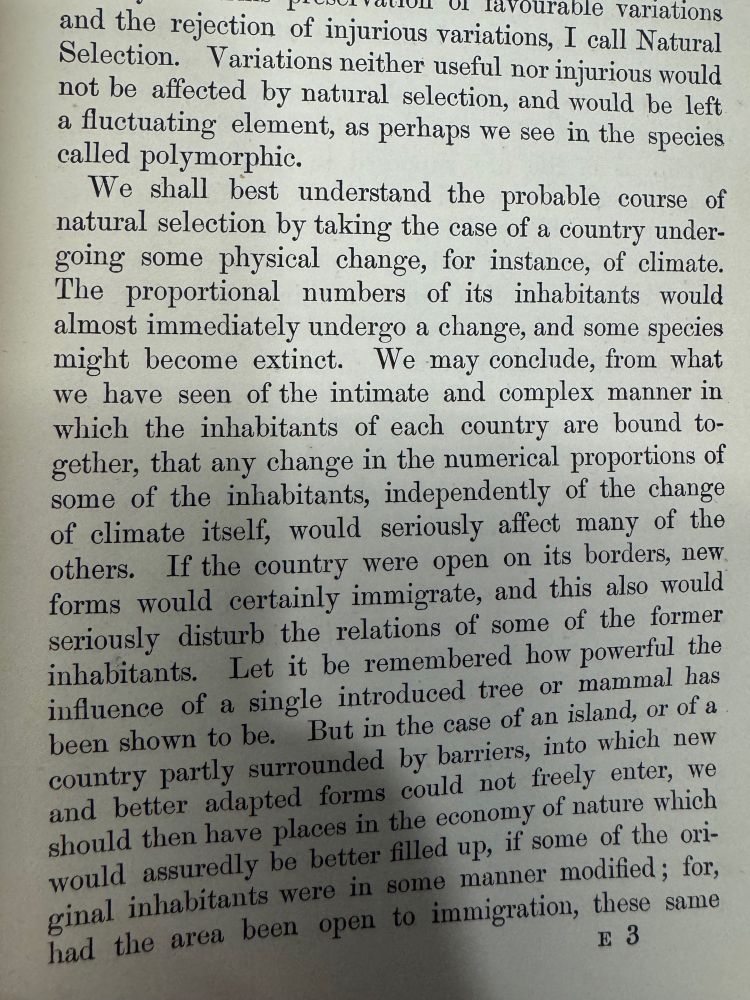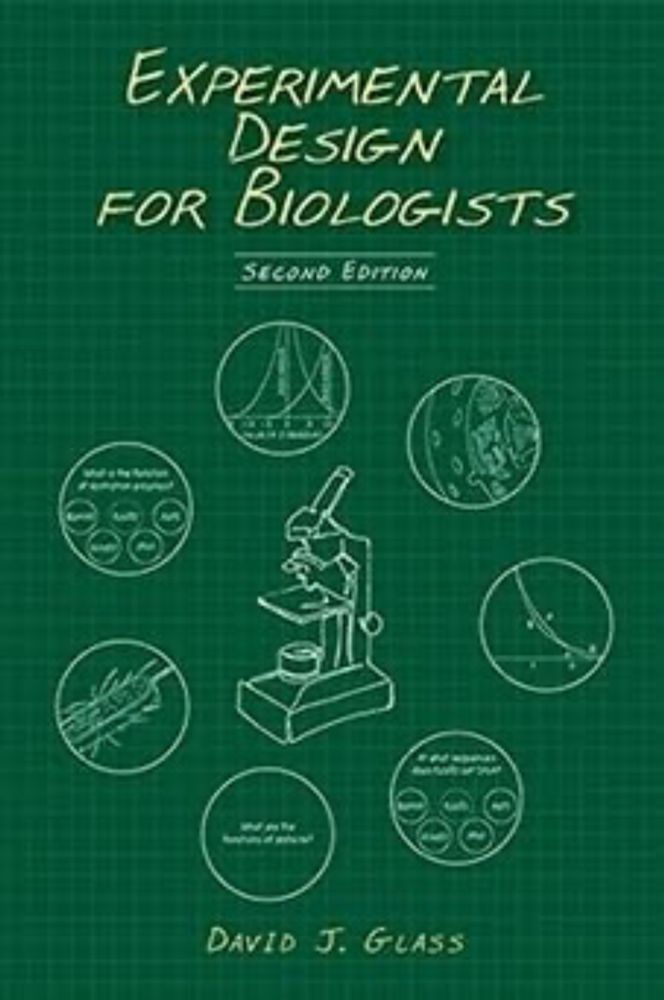
I also teach grad students at Harvard Medical school; the main course focuses on the design of experiments.
"Hypotheses non fingo."
There are valid reasons to reject data; you need to list those and justify them. It's not ok to reject data that simply fails to align with your hopes & dreams.
There are valid reasons to reject data; you need to list those and justify them. It's not ok to reject data that simply fails to align with your hopes & dreams.
The main reasons: lack of reagent validation; lack of a large enough N to capture variability of the effect; cherry-picking "desired" results.
The main reasons: lack of reagent validation; lack of a large enough N to capture variability of the effect; cherry-picking "desired" results.
Your job as a scientist is to determine if that data is predictive as to what will happen the next time the experiment is done - and to what degree (what probability) that prediction is accurate.
Your job as a scientist is to determine if that data is predictive as to what will happen the next time the experiment is done - and to what degree (what probability) that prediction is accurate.
But agrin does nothing to a fibroblast, because it needs its receptors. So the context matters.
But agrin does nothing to a fibroblast, because it needs its receptors. So the context matters.
Therefore MuSK is necessary. However, if you add MuSK and its ligand agrin to a fibroblast, you won't get signaling, because you need the co-receptor LRP4.
So MuSK is necessary but not sufficient.
Therefore MuSK is necessary. However, if you add MuSK and its ligand agrin to a fibroblast, you won't get signaling, because you need the co-receptor LRP4.
So MuSK is necessary but not sufficient.
For mTORC1 signaling, Akt activation and amino acid activation are both causal, but neither may be sufficient. In many settings you don't need Akt, but it still can cause mTORC1 activation.
For mTORC1 signaling, Akt activation and amino acid activation are both causal, but neither may be sufficient. In many settings you don't need Akt, but it still can cause mTORC1 activation.
In biology, it's to show necessity. For example, if you want to ask if X causes Y, you knock out X and see if Y is decreased, or stops happening.
In biology, it's to show necessity. For example, if you want to ask if X causes Y, you knock out X and see if Y is decreased, or stops happening.
If X causes Y then X has to be correlated with Y.
It's just that there are plenty of instances where X is correlated with Y but has nothing to do with Y.
If X causes Y then X has to be correlated with Y.
It's just that there are plenty of instances where X is correlated with Y but has nothing to do with Y.

How about using modern 24-hour monitoring devices -like your smart watch to get more objective measurements?
How about using modern 24-hour monitoring devices -like your smart watch to get more objective measurements?
www.amazon.com/Experimental...

www.amazon.com/Experimental...
They don't choose their projects, so judging them on the success of their projects makes no sense.
They don't choose their projects, so judging them on the success of their projects makes no sense.
www.biorxiv.org/content/10.1...

www.biorxiv.org/content/10.1...

